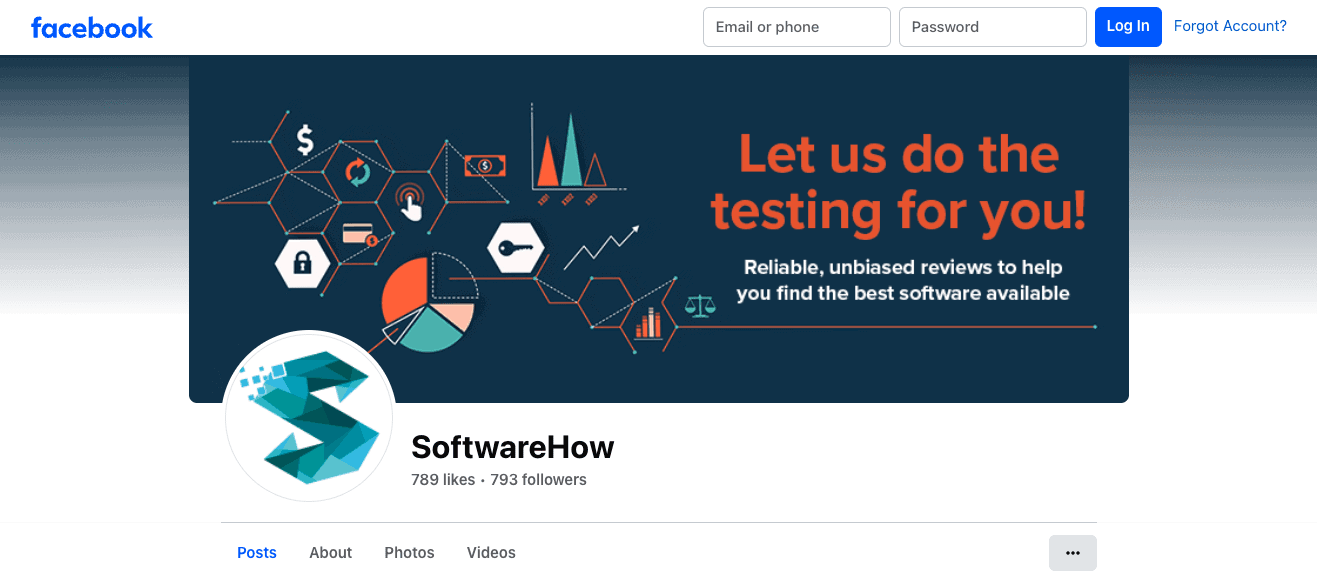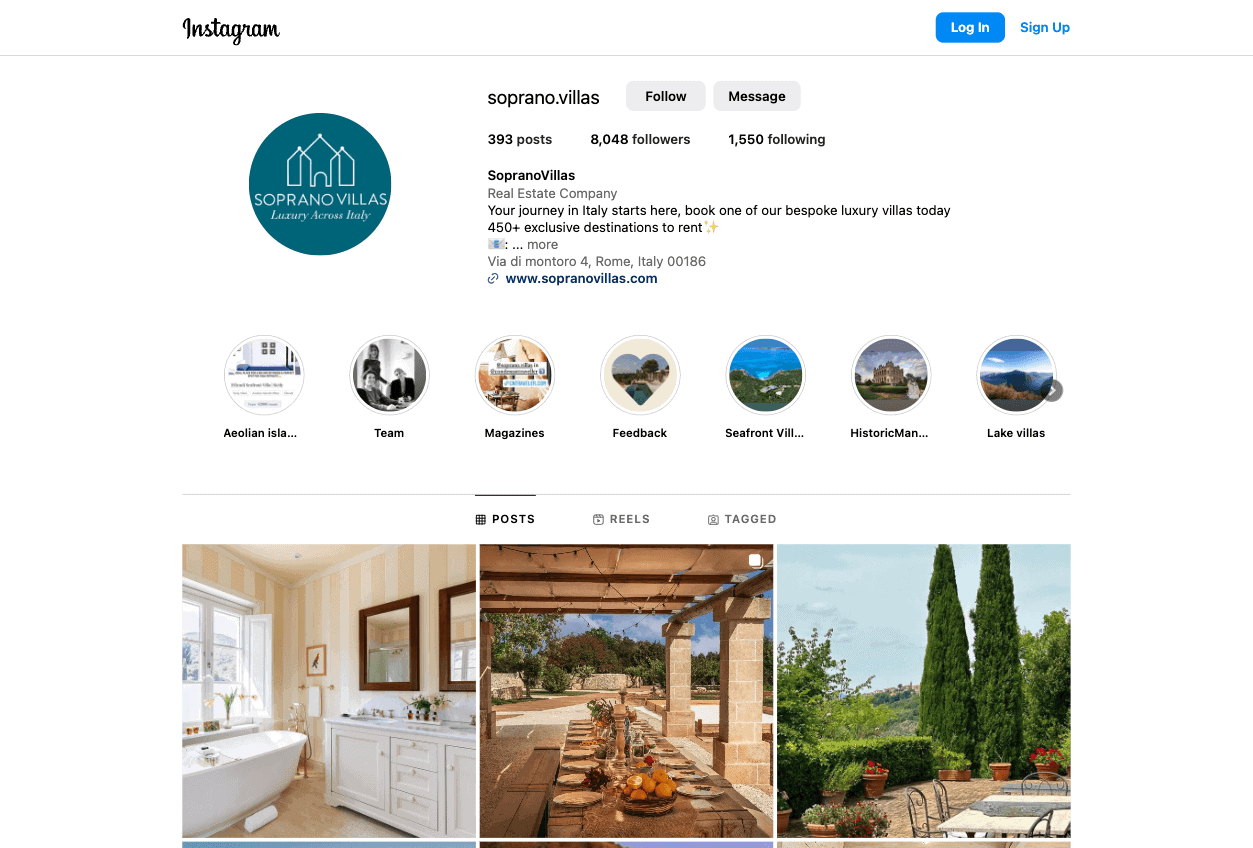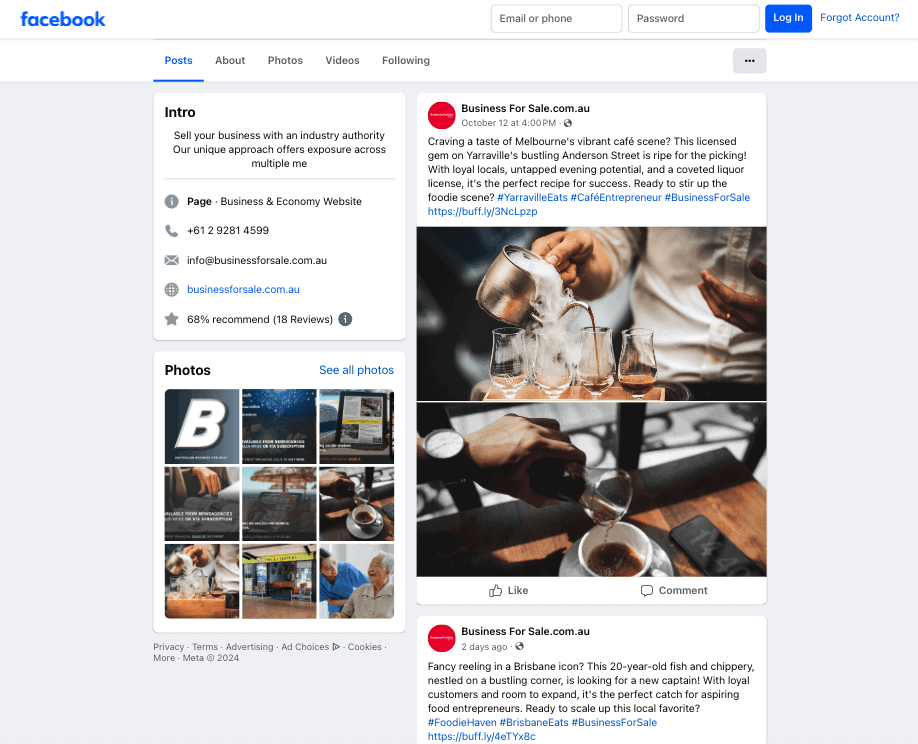Harnessing the power of social media can be an exceptionally effective way to drive business growth and success. And seeing that 5.17 billion people (or 63.7% of the global population) use social networks in 2024, the ROI of a great social media marketing strategy shouldn’t come as much of a surprise. Particularly if you also consider that the average person spends more than two hours daily scrolling social media apps.
Of course, there are many ways to boost growth with social media marketing. Most marketers use socials for audience research, generating organic website traffic, building customer relationships, or increasing sales.
Nonetheless, to get the most out of social media for your business, you also need to use these platforms to create product awareness and clarity.
Ultimately, even an exceptionally engaging marketing tactic won’t benefit your brand unless your target audience understands the unique value of your solutions/services. After all, research shows that 91% of consumers prioritize good value for money when making buying decisions. And the best way to communicate that value is in a snackable, engaging manner.
Are you looking for tips on how to get more out of your social media marketing efforts? Here’s how to use social media for creating product awareness and clarity.
Get Your Value Proposition Into Your Profile Cover Image
First impressions can be deceiving. However, when trying to reach and instantly engage your target audience, you need to ensure your prospects like your brand and understand why it should matter to them.
People want businesses to understand and remove their unique pain points. Perhaps even more importantly, they want brands to do this in a manner that’s efficient, convenient, and comes with an unmatched customer experience.
Whether you’re reaching out to your audience via social media, content marketing, or PPC ads, it’s crucial to communicate your offer as effectively as possible. And what better way to do this than with a well-crafted value proposition?
But, while addressing and immediately showing how your solution benefits your potential customers is a great way to build product awareness, it’s not always an effective tactic. Why? Because words can get lost among all the noise currently on social networks.
So, you’ll want to ensure that your value propositions stand out. One way to do this is to incorporate them into your cover images. These elements act as website headers, so they’re a great way to draw followers’ attention to your brand’s mission. Moreover, they can help leave a positive first impression on new leads (considering that social media may be the first place prospects encounter your brand).
For a great example of this tactic in action, check out SoftwareHow. This brand employs a crystal clear header on its social profiles, using it to communicate what it does in an accessible way. By saying that it tests software and provides reliable, unbiased reviews, SoftwareHow effectively positions its brand as a credible source in a highly competitive industry. At the same time, it promises to solve a pain point that many software buyers experience while evaluating potential solutions.

Source: facebook.com
Take Full Advantage of Visual Communication (If Your Product Allows It)
Visual communication methods significantly outperform text — especially on social media.
Images are more effective at conveying information (with people processing them 60.000 times faster than words). They’re also far more engaging. Plus, they’re essential for consumers making buying decisions, seeing that 75% of buyers rely on product photography when evaluating potential solutions.
So, if you’re lucky enough to offer products with strong visual selling points, you must invest in exceptional visual content.
On the one hand, you can use these compelling visuals to attract new prospects with professional imagery. This is what brands like Soprano Villas do, using Facebook and Instagram to share aspirational photos of their offer to engage more potential customers (and inspire them to book their dream vacation).

Source: instagram.com
On the other hand, for more complex product categories, you can use visuals and videos to drive product understanding. For example, check out how Todoist does it on YouTube. Knowing that most people don’t have a deep knowledge of productivity apps, the brand uses a combination of audio and illustration to show what its solution does and how that matters to the average non-professional user.
Source: todoist.com
Boldly Promote Your Inventory in Your Social Feeds
Social commerce isn’t the future. It’s here. It’s now. And if you want to grow your business, it should be a crucial element of your social media marketing strategy.
After all, 76% of people buy products they see in social media posts. Plus, 46% have completed transactions directly on social platforms.
But, selling through social media can be challenging — especially if you sell an extensive inventory of products.
On the one hand, frequently promoting your range of products through social commerce may help build product awareness. Nonetheless, it can also come off as pushy and sales-oriented, which may harm your brand’s reputation when trying to build credibility and trust.
On the other hand, without consistently posting about your offer, you can’t possibly present your audience with all the solutions you sell. And you might even have difficulty describing the value of your offer.
So, the solution is to aim for balance and versatility.
If your offer is uniform or repetitive, you need to break up sales-oriented posts with value-driven content. However, if there are significant differences between your products (especially if you’re an intermediary), you can freely populate your feed with these products without risking losing your followers’ interest.
Check out how BusinessForSale.com.au does it. This brand uses its social feeds to call attention to its offer. What’s important is that the businesses it promotes all differ from each other. This ensures versatility and consistently high engagement rates (without leading to follower fatigue). It also allows the brand to post multiple times per day without becoming repetitive or irrelevant.

Source: facebook.com
Product Demonstrations: Give Valuable Content Away For Free
Sometimes, the best way to use social media to boost sales isn’t just to focus on reaching your target audience and driving product awareness. Instead, it’s to immediately establish your brand’s authority, prove your solution’s value, nudge consumers toward the lower stages of the sales funnel, and encourage them to buy sooner rather than later.
One of the best ways to do this with social media content is to utilize formats that build trust and partially resolve your followers’ pain points.
For example, producing useful product demonstrations and making them available for free — which is what Classical Guitar Shed does on YouTube — can go beyond attracting leads. If the content is valuable, you’ll get them to engage with your brand. And, if they like what they see, you can even convert them into loyal followers, who’ll have a much higher chance of becoming buyers than someone who has never interacted with your business before.

Source: youtube.com
Create Social Media Content That Speaks to Specific User Segments
Social media can be a powerful tool for boosting conversions. And if your target audience isn’t aware of your solutions (and their benefits), producing and distributing explainer content is a great strategy.
However, many businesses offer versatile or multiple products/services. And the issue with this is that a generalized, non-specific social media marketing strategy may make these solutions appear irrelevant to your target audience.
So, let’s circle back to what consumers want from businesses.
They don’t just expect brands to demonstrate a genuine understanding of their unique needs (which they reward with their business and loyalty). They also want brands to tailor their offers, with 76% of consumers becoming frustrated when they fail to incorporate personalization in their CX.
So, how do you ensure that your social media marketing efforts resonate with your audience (and elevate their purchase intention)? Well, one strategy you can use is to optimize social media content to appeal to specific audience segments.
By creating posts that speak to niche user types — addressing their core pain points and illustrating what your products can do for them — you can boost product awareness. Much more importantly, you can describe specific use cases in a way that will lead to higher conversion rates without increasing the number of touches it takes to make a sale.
Check out how DialMyCalls does this. When producing posts for X, this business doesn’t just discuss the generalized benefits of its solution. Instead, each post reflects a very specific use case — like using bulk texting to keep non-profit donors engaged — to ensure that the content captures the right people’s attention and nudges them closer to a conversion.

Source: x.com
Create Tutorial Content to Help Buyers Get the Most Out of Your Product
Using social media to boost product awareness and clarity is a great strategy to enhance reach and engagement rates. However, while it’s most beneficial in the top stages of the sales funnel, this tactic may also have a place in the post-purchase phase of the buyer’s journey.
Why? Because consumers want next-level product and brand experiences (reflected in quality, reliability, and consistency). And when businesses manage to provide these, people are far more likely to remain loyal to them and reward them with their feedback, engagement, and social proof.
For this reason, it’s a good idea to combine your product awareness-boosting strategies on social media with those that could benefit your existing customers. One tactic that does both is creating tutorial content on how to get the most out of your solutions.
If you look at brands like RMS Beauty, you’ll see that they often use social media to highlight the multi-usefulness of their solutions. So, these posts don’t just engage potential prospects with interesting products that solve their pain points. They also remind existing customers that there’s more than one way to use their products, giving them a bigger bang for their buck.

Source: tiktok.com
Leverage User-Generated Content
As you explore methods to use social media to create product awareness and clarity, don’t forget that achieving your marketing goals necessitates an authentic and proof-backed approach. So, in addition to utilizing engaging formats that boost product understanding, consider going the extra mile with user-generated content.
Ultimately, UGC isn’t just an effective way to enhance credibility. It can do so much more to help delight (and benefit) your customers.
For example, while reposting UGC on your profile is a great way to build a community, encouraging your customers to create content around your solutions can be an even better way to raise product awareness. After all, influencer marketing research suggests that microinfluencers enjoy higher follower trust rates and that people prioritize the advice they get from friends over that from content creators.
With this in mind, it’s no surprise that brands like Blue Dog Bakery actively encourage their followers to tag them in their posts. The brand knows just how effective this can be at reaching new prospects, introducing people to their products, and establishing credibility in an industry where people want to get the best possible products for their loved pets.

Source: instagram.com
Wrapping Up Product Awareness
Building up a successful business takes a lot of work. And while the necessary approach will differ from brand to brand, using social media is a marketing investment that should work for most companies — especially for creating product awareness and clarity.
This guide offers several effective tactics for doing just that. However, for the best possible outcomes, remember to invest in your brand’s entire online presence. Moreover, continue to interact with and study your target audience.
That way, you will have the necessary insights to create relevant social media campaigns. You’ll also gain valuable knowledge about what your prospects want and need. That knowledge will help you build an unparalleled customer experience that will significantly boost your marketing efforts — regardless of what channels you utilize.

